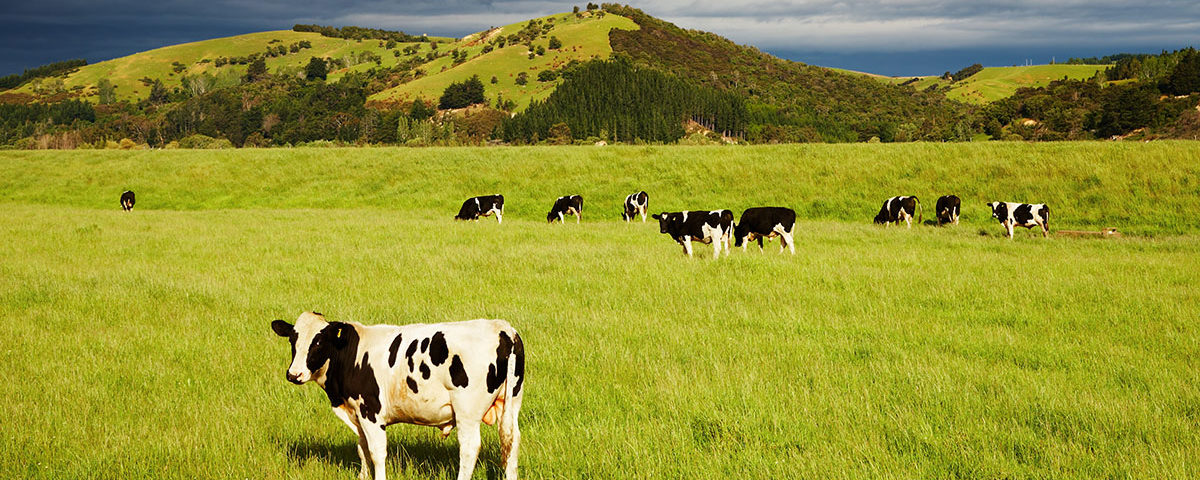
Income Equalisation Scheme
For most farmers, their financial year balance date has now passed for the 2020 year. Now is a good time to take note of your livestock on hand and forward to your WK Strawbridge Advisor if you have not done so already.
One of the tax planning tools available to primary industry is the Income Equalisation Scheme. The scheme enables eligible taxpayers to smooth out their taxable income from year to year by depositing funds with Inland Revenue. This can delay and reduce the overall tax paid by pushing profit forward into low-income years.
Below is a brief overview of how the scheme works.
- To be eligible to enter the scheme you must be engaged in either:
- A farming or agricultural business.
- A fishing business.
- Certain types of forestry business.
- Amounts deposited are treated as a deductible expense in the year deposited.
- When the funds are withdrawn, the amount is then treated as taxable income in the year that it is received.
- While in the income equalisation scheme, the funds earn interest (currently 3%) and is received when the funds are withdrawn.
- The maximum amount that can be deposited, is the year’s profit from eligible activities. If too much is deposited, the excess is refunded with no interest paid.
- For an income equalisation deposit to be deductible in any income year it must be made to IRD within the earlier of 30 days of the tax return being filed or within 30 days of the date, the tax return is due to be filed. For example, a farm with a balance date of 30 June 2020 and a current extension of time to file with a tax agent could file as late as 31 March 2021. This would mean the deposit would need to be made by 30 April 2021 for a deduction in the 2020 financial year.
- Generally, a deposit must stay in the scheme for a minimum of one year. Funds can be withdrawn earlier for adverse events, but no interest will be paid. The maximum time a deposit can stay in the scheme is 5 years, funds are automatically refunded after this time.
Below is a very simplistic example of how the scheme works. The example has a higher than normal income in the 2020 financial year. If $100k is physically paid into the scheme it reduces the tax payable by 28k. In the low-income year 2022, the deposit can be refunded and will be added as taxable income. You will see on a flat company tax rate of 28% the tax payable over the 3 years is the same but the timing is significantly different. The deposit of $100k in 2020 will also be earning interest at 3% which is quite a competitive rate in the current interest climate.
Without Income Equalisation Deposit
| Financial Year | 2020 | 2021 | 2022 |
| Farming Profit | 200,000 | 100,000 | 10,000 |
| Tax Payable @ 28% | 56,000 | 28,000 | 2,800 |
With Income Equalisation Deposit
| Financial Year | 2020 | 2021 | 2022 |
| Farming Profit | 200,000 | 100,000 | 10,000 |
| Income Equalisation Deposit | 100,000 | ||
| Income Equalisation Refund | 100,000 | ||
| Taxable Profit | 100,000 | 100,000 | 110,000 |
| Tax Payable @ 28% | 28,000 | 28,000 | 30,800 |
For simplicity, the above example uses a company structure with a flat tax rate of 28%. For individuals, tax savings can be made by maximising the lower tax brackets in low-profit years and reducing the amount of profit in the high brackets in high-income years. See current individual tax brackets below.
Current Individuals tax brackets
| For each dollar of income | Tax rate |
| Up to $14,000 | 10.5% |
| Over $14,000 and up to $48,000 | 17.5% |
| Over $48,000 and up to $70,000 | 30% |
| Remaining income over $70,000 | 33% |
The Income Equalisation Scheme is one of the many tools WK uses for your Agri tax planning. For more specific advice around the income equalisation scheme, please contact Ross Stevenson or your advisor at WK Strawbridge. Ross Stevenson is a Director who specialises in primary industry accounting, he uniquely couples his specialised Agri tax and accountancy knowledge alongside his practical farming and forestry experience.
Disclaimer: The above information is general in nature and applies the Inland Revenue rules at the time of writing.
